How to build a Plastic Heat Bender
How to Build and Use a DIY Plastic Line Bender
Bending plastic sheets at home is made easy with a DIY line bender. This guide will take you through the steps to build your own line bender, ensuring safety and efficiency. Additionally, if you prefer a professional-grade solution, we’ll introduce you to pre-made options available from TAP Plastics.
Safety First
Since this project involves electricity and heat, proper precautions must be taken to avoid fire or electrical shock:
Materials Needed
-
36-inch heating element
-
Power cord with a three-prong grounded plug
-
1/4-inch deep, 3/4-inch wide channel
-
Two pieces of 1/4-inch thick plywood (2.5 inches wide)
-
Baseboard
-
Screws or glue
-
Aluminum foil
-
Fireproof material (fiberglass tape)
-
Stapler
-
Grounding wire
-
Grounded extension cord
-
Electrical tape or rubber band
Building the Line Bender
-
Create the Channel: Cut two plywood strips, each about 2.5 inches wide. Attach them to the baseboard using glue or screws, ensuring they are 3/4 inch apart.
-
Line the Channel:
-
Install the Heating Element:
Electrical Setup and Safety
-
Assemble the Power Cord:
-
Grounding the Foil:
-
Attach a grounding wire to the aluminum foil using a small screw.
-
Connect the other end of the wire to the ground prong on a three-prong extension cord.
-
Secure the wire with tape or a rubber band to prevent it from slipping out.
-
Powering the Heater:
-
Plug the heating element into the grounded extension cord.
-
Then, plug the extension cord into the wall outlet.
-
Always follow this order to minimize the risk of electrical shock.
-
Supervise During Use:
Alternative: Professional-Grade Line Benders
If you prefer a ready-to-use solution, TAP Plastics offers two professional heat benders:
-
24-inch model
-
48-inch model
Both models are pre-assembled and plug directly into a power source. To control the heat output, a power controller is available, which is especially useful when working with very thin or thick materials.
Conclusion
By following these steps, you can build a reliable plastic line bender for home use. Whether you choose to DIY or invest in a professional model, you’ll be able to achieve clean, precise bends in plastic sheets for various projects. Happy bending!
What does TAP do?
<p><strong>Discover What TAP Plastics Can Do for You</strong></p>
<p>At TAP Plastics, one of the most common questions we receive is: <em>Wha
TAP Plastics Store Tour
<p><strong>Explore TAP Plastics: A Retail Store Tour</strong></p>
<p>Welcome to TAP Plastics! If you’ve ever wondered what we sell, you’re in f
TAP DIY: Custom AC Vent Window Adapters
<h1>Custom AC Vent Window Adapters – Get the Perfect Fit at TAP Plastics</h1>
<p>Summer is coming, and if you don’t have central air conditioning, a portab
How To Make Fiberglass Part - Part 2
<p><strong>How to Make a Fiberglass Part from a Mold</strong></p>
<p>Creating a fiberglass part from a mold requires careful preparation, applicati
How To Make Fiberglass Part - Part 1
<h1>How to Make a Fiberglass Mold: Step-by-Step Guide (Part 1)</h1>
<p>Fiberglass molding is a great technique for duplicating parts, such as a boat hull. This
How To Repair Wood with Fiberglass
<p><strong>Quick and Invisible Wood Repair: A Step-by-Step Guide</strong></p>
<p>Wood repairs, whether indoors or outdoors, can be quick, seamless,
How to Cut Plastic Sheets
<p><strong>How to Cut Plastic Sheets: A Guide for DIYers and Professionals</strong></p>
<p>The best way to cut plastic sheets, like acrylic plexigl
How to Make a Latex Mold
<p><strong>How to Make a Simple Latex Mold with TAP Premium Liquid Latex Rubber (NOTICE: TAP Premium Liquid Latex Rubber has been DISCONTINUED)</strong></p>
How to Make a Urethane Mold
<p><strong>How to Make a Simple Urethane Mold</strong></p>
<p>Urethane molding is an effective way to create simple block molds for casting resins,
How to Build a Box with Plastic
<p><strong>How to Build a Basic Acrylic Box: A Step-by-Step Guide</strong></p>
<p>Plastic is a fantastic material for creating a variety of project
How to Make a Two-Part Mold
<p><strong>How to Make a Simple Two-Part Mold Using Urethane RTV Rubber</strong></p>
<p>Creating a two-part mold is essential for capturing the det
How to Build a Mold Box
<p><strong>How to Make Mold Boxes for Urethane and Silicone RTV Molds</strong></p>
<p><a href="https://www.tapplastics.com/product/mold_mak
How to make a Resin Table Top Part 1
<p><strong>How to Create a Custom Resin Tabletop with Embedded Designs</strong></p>
<p>Nothing matches the beauty of a crystal-clear resin tabletop
How To Glue Acrylic
<p><strong>A Beginner's Guide to Gluing Acrylic: Tips and Techniques</strong></p>
<p>Gluing acrylic is a unique process that differs significantly
How to Bend Plastic
<p><strong>A Complete Guide to Bending Plastic with a Strip Heater</strong></p>
<p>Bending plastic is an essential technique for many DIY and profe
How to build a Plastic Heat Bender
<p><strong>How to Build and Use a DIY Plastic Line Bender</strong></p>
<p>Bending plastic sheets at home is made easy with a DIY line bender. This
How to Polish and Shape Plastic Edges
<p><strong>Acrylic Edge Finishing Techniques</strong></p>
<p>Acrylic plastic can be incredibly beautiful, especially when its edges are properly pr
How to Protect Your LCD or LED TV
<p><strong>Protect Your LCD and DLP TV Screens with a Custom Screen Protector</strong></p>
<p>LCD TVs, DLP TVs, and LCD computer monitors have soft
Fiberglass Repair Guide
<p><strong>Fiberglass Repair Guide</strong></p>
<p>This guide provides a step-by-step demonstration of a simple fiberglass repair. The methods outl
How to Repair Gelcoat Part 1
<p><strong>How to Perform a Simple Non-Structural Gel Coat Repair</strong></p>
<p>Gel coat is a protective outer layer applied to fiberglass surfac
How to repair Gelcoat Part 2
<p><strong>How to Apply and Finish Gel Coat for Fiberglass Repair (</strong><a href="https://www.tapplastics.com/product_info/videos/how_to_repair_gelcoat
How to Waterproof with Coat-It
<p><strong>How to Create a Tough, Waterproof Coating with Coat-It</strong></p>
<p>Creating a durable, waterproof coating requires the right materia
How to Apply Vinyl Graphics
<p><strong>How to Install Self-Adhesive Vinyl Graphics for a Professional Finish</strong></p>
<p>Self-adhesive vinyl graphics are an affordable and
How to Select Window Film
<p><strong>A Comprehensive Guide to Choosing the Right Window Film</strong></p>
<p>Window film can offer tremendous benefits to your home or busine
How To Install Window Film
<p><strong>How to Install Window Film Like a Pro</strong></p>
<p>Installing window film in your home or business is an excellent way to achieve pro
Cosplay DIY Supplies
<p><strong>The Ultimate Cosplay Materials Guide from TAP Plastics</strong></p>
<p>Bringing your cosplay dreams to life requires the right materials
TAP InstaShape Video Demo
<h1><strong>How to Use TAP Insta Shape: A Versatile Moldable Plastic for DIY & Cosplay</strong></h1>
<p>TAP Insta Shape is a moldable therm
Plastic Containers at TAP Plastics
<h1>Find the Perfect Container for Every Need at TAP Plastics</h1>
<p>TAP Plastics offers a wide variety of <strong>containers</strong> designed fo
Display Items at TAP
<h1><strong>Custom & Ready-Made Display Cases, Stands, and Boxes – TAP Plastics</strong></h1>
<p>Looking for the perfect way to showcase
Fiberglass Roller
<p><strong>A Guide to Fiberglassing with Rollers</strong></p>
<p>Fiberglassing with rollers is an efficient way to create strong, lightweight, and
Tubing Options at TAP Plastics
<p><strong>A Guide to Tubing Options at TAP Plastics</strong></p>
<p>TAP Plastics carries a wide variety of tubing options for different applicatio
Trade Show Essentials at TAP Plastics
<h1>Enhance Your Trade Show Display with TAP Plastics</h1>
<p>A successful trade show display captures attention, showcases your brand, and leaves a lasting im
How to Work with Worbla
<h1><strong>Worbla: The Ultimate Thermoplastic for Cosplay, Crafting, and Model Making</strong></h1>
<p>Worbla is a <strong>non-toxic thermop
Picture Frames and Display Holders
<h1><strong>Picture Frames & Display Holders at TAP Plastics</strong></h1>
<p>TAP Plastics offers a wide variety of <strong>picture f
Adhesive Glues and Tapes
<p><strong>Your Guide to Choosing the Right Adhesive and Tape at TAP Plastics</strong></p>
<p>When it comes to bonding different materials, choosin
Literature Holders at TAP Plastics
<p><strong>A Guide to Literature Holders from TAP Plastics</strong></p>
<p>When it comes to organizing and displaying literature in a professional
The Basics of Fiberglass Fabric
<p><strong>A Comprehensive Guide to Fiberglass Fabric: Choosing the Right Reinforcement</strong></p>
<h3>Introduction</h3>
<p>Fiberg
Introduction to Mold Making
<p><strong>A Guide to Choosing the Right Flexible Mold Material from TAP Plastics</strong></p>
<p>When creating molds for casting, selecting the ri
Cast Objects in Clear Resin
<p><strong>How to Cast Embedments in Clear Polyester Resin</strong></p>
<p>Casting objects in clear polyester resin allows you to create stunning d
How to build a Plastic Heat Bender
How to Build and Use a DIY Plastic Line Bender
Bending plastic sheets at home is made easy with a DIY line bender. This guide will take you through the steps to build your own line bender, ensuring safety and efficiency. Additionally, if you prefer a professional-grade solution, we’ll introduce you to pre-made options available from TAP Plastics.
Safety First
Since this project involves electricity and heat, proper precautions must be taken to avoid fire or electrical shock:
Materials Needed
-
36-inch heating element
-
Power cord with a three-prong grounded plug
-
1/4-inch deep, 3/4-inch wide channel
-
Two pieces of 1/4-inch thick plywood (2.5 inches wide)
-
Baseboard
-
Screws or glue
-
Aluminum foil
-
Fireproof material (fiberglass tape)
-
Stapler
-
Grounding wire
-
Grounded extension cord
-
Electrical tape or rubber band
Building the Line Bender
-
Create the Channel: Cut two plywood strips, each about 2.5 inches wide. Attach them to the baseboard using glue or screws, ensuring they are 3/4 inch apart.
-
Line the Channel:
-
Install the Heating Element:
Electrical Setup and Safety
-
Assemble the Power Cord:
-
Grounding the Foil:
-
Attach a grounding wire to the aluminum foil using a small screw.
-
Connect the other end of the wire to the ground prong on a three-prong extension cord.
-
Secure the wire with tape or a rubber band to prevent it from slipping out.
-
Powering the Heater:
-
Plug the heating element into the grounded extension cord.
-
Then, plug the extension cord into the wall outlet.
-
Always follow this order to minimize the risk of electrical shock.
-
Supervise During Use:
Alternative: Professional-Grade Line Benders
If you prefer a ready-to-use solution, TAP Plastics offers two professional heat benders:
-
24-inch model
-
48-inch model
Both models are pre-assembled and plug directly into a power source. To control the heat output, a power controller is available, which is especially useful when working with very thin or thick materials.
Conclusion
By following these steps, you can build a reliable plastic line bender for home use. Whether you choose to DIY or invest in a professional model, you’ll be able to achieve clean, precise bends in plastic sheets for various projects. Happy bending!
About TAP Plastics

What does TAP do?
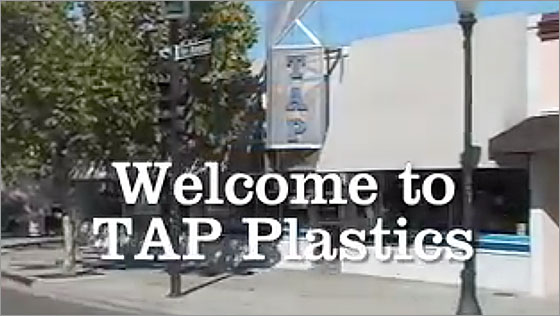
TAP Plastics Store Tour
Customer Projects

Customer Projects for 2018
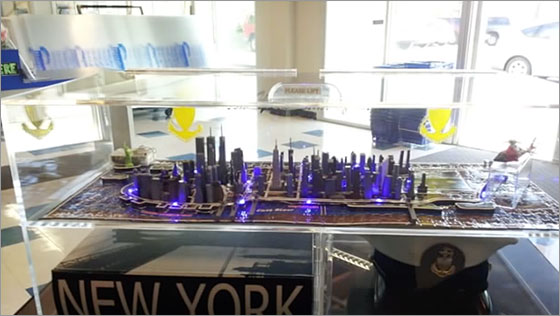
TAP Customer's Project Montage
How-To
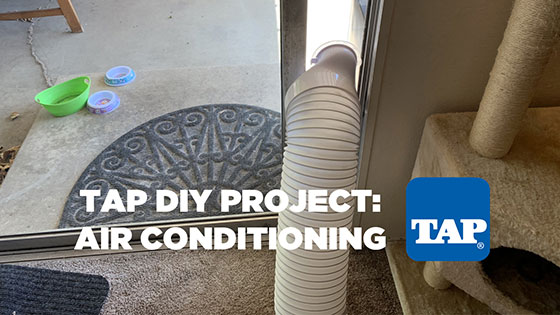
TAP DIY: Custom AC Vent Window Adapters
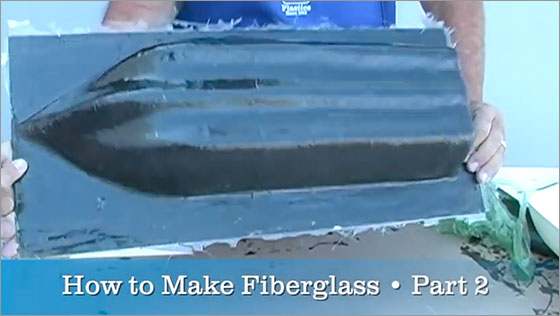
How To Make Fiberglass Part - Part 2
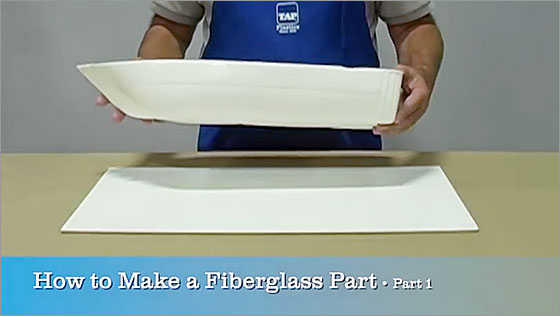
How To Make Fiberglass Part - Part 1
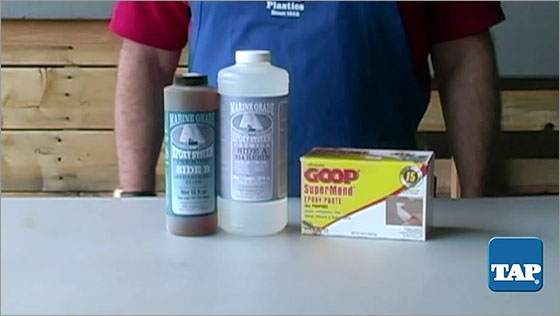
How To Repair Wood with Fiberglass
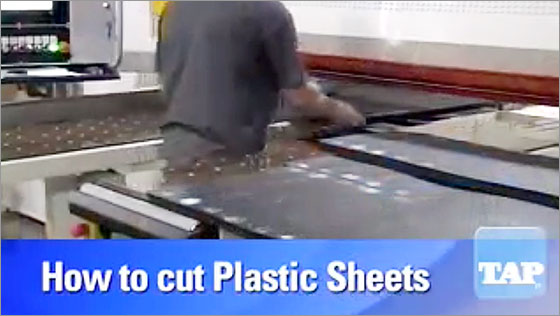
How to Cut Plastic Sheets
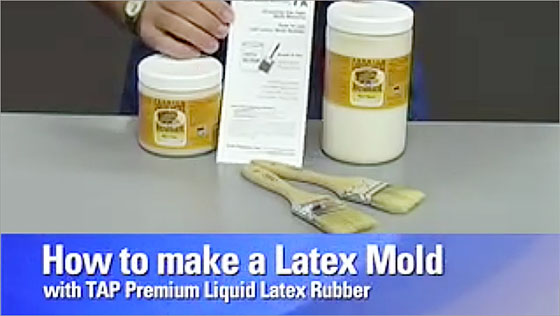
How to Make a Latex Mold
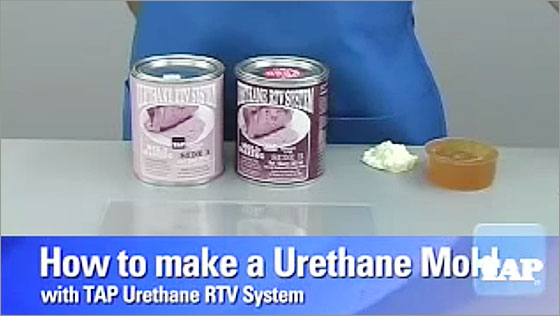
How to Make a Urethane Mold
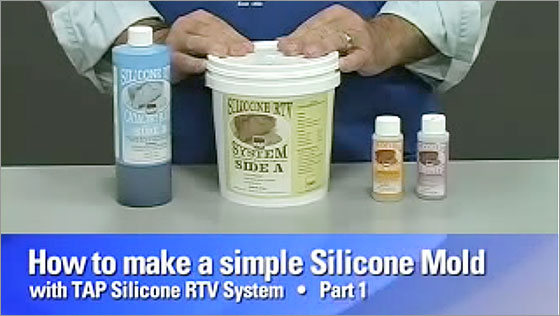
How to Make a Simple Silicone Mold Part 1
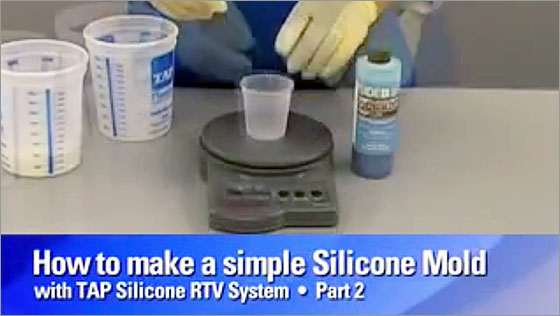
How to Make a Simple Silicone Mold Part 2
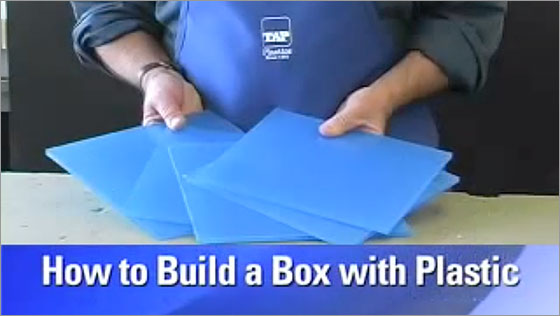
How to Build a Box with Plastic
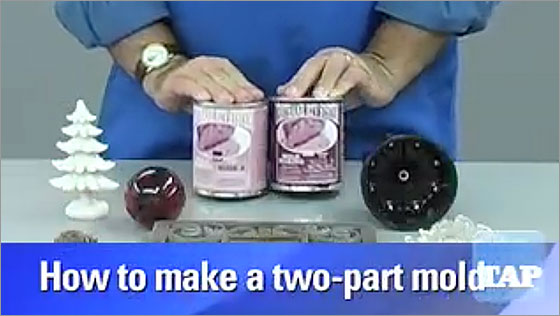
How to Make a Two-Part Mold
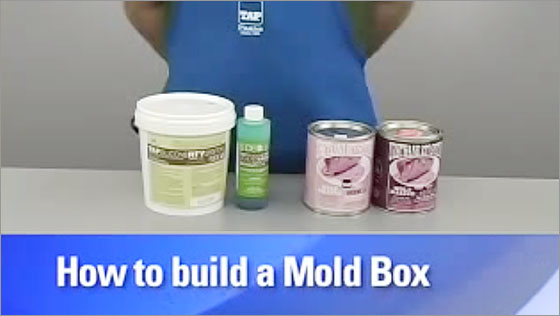
How to Build a Mold Box
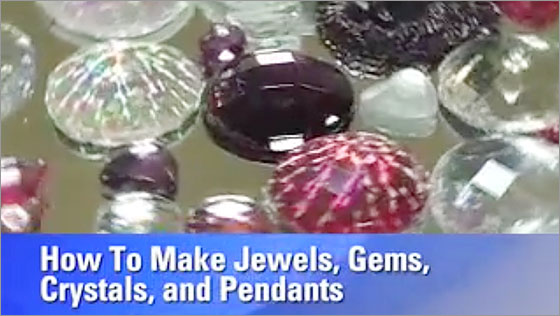
How to Make Jewels, Gems, Crystals, and Pendants
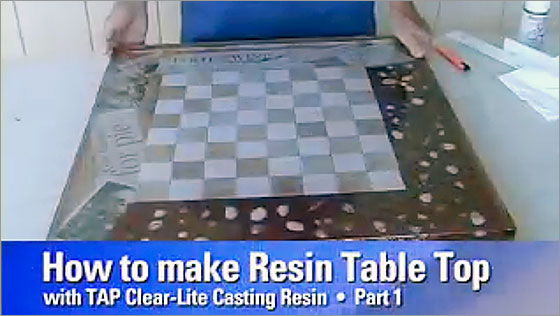
How to make a Resin Table Top Part 1
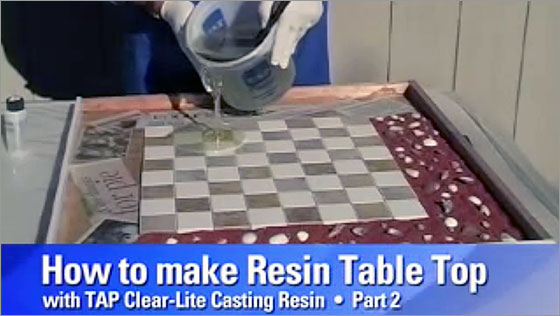
How to Make a Resin Table Top Part 2
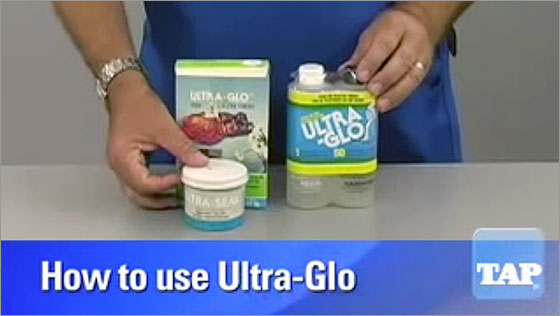
How to use Envirotex Lite and Ultra-Seal
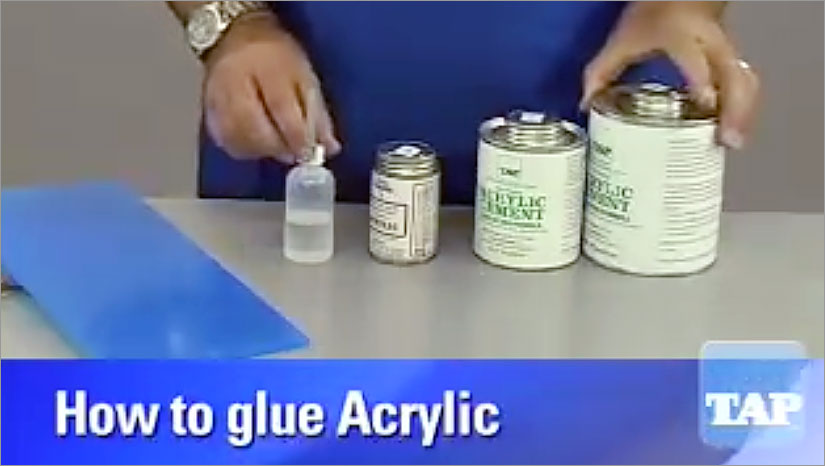
How To Glue Acrylic
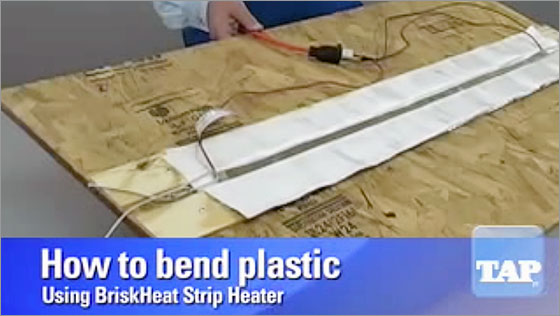
How to Bend Plastic
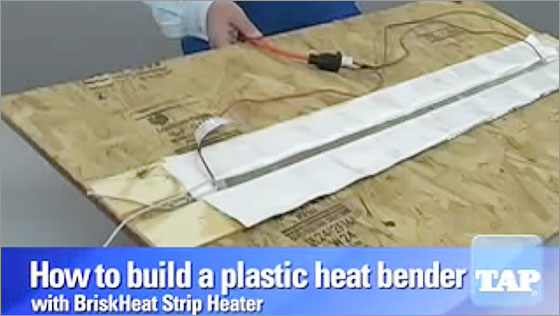
How to build a Plastic Heat Bender
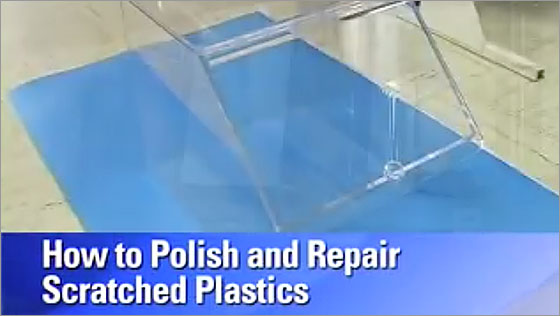
How to Polish and Repair Scratched Plastic
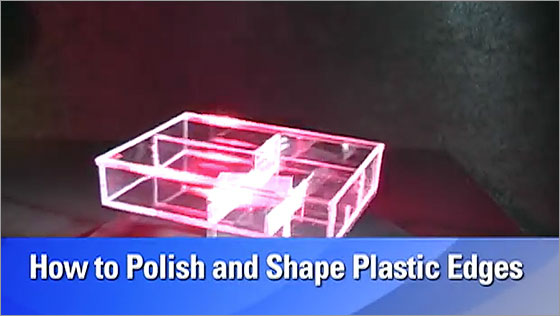
How to Polish and Shape Plastic Edges
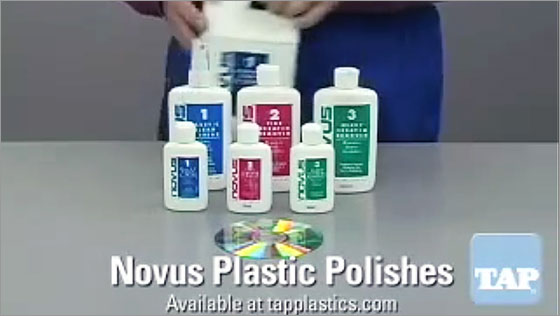
How to Repair Scratched CDs, DVDs, iPods and more

How to Protect Your LCD or LED TV
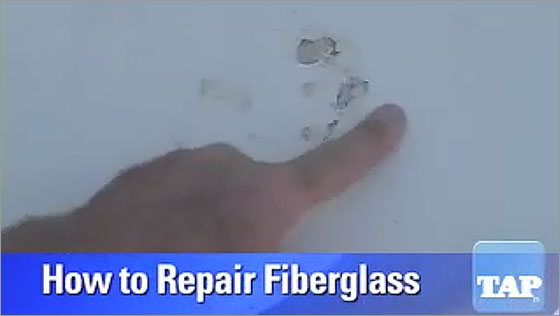
Fiberglass Repair Guide
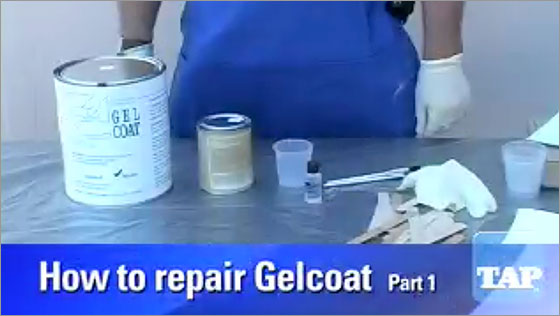
How to Repair Gelcoat Part 1
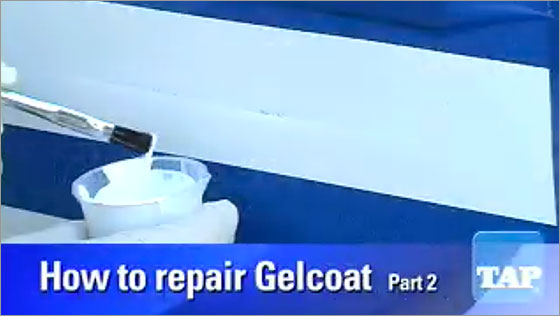
How to repair Gelcoat Part 2
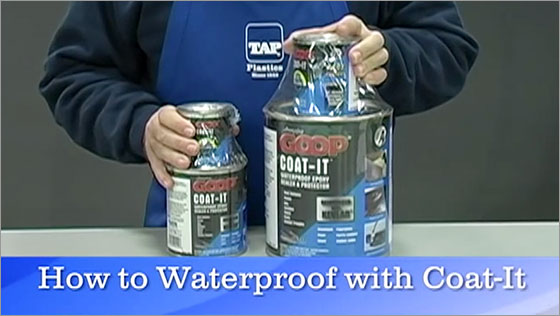
How to Waterproof with Coat-It
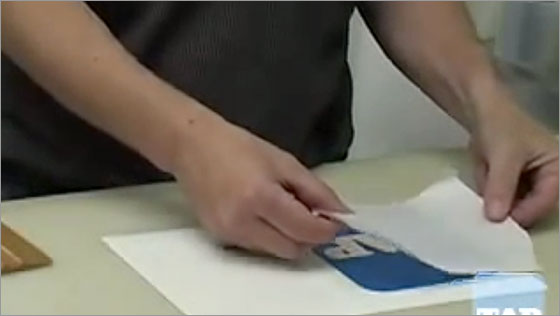
How to Apply Vinyl Graphics
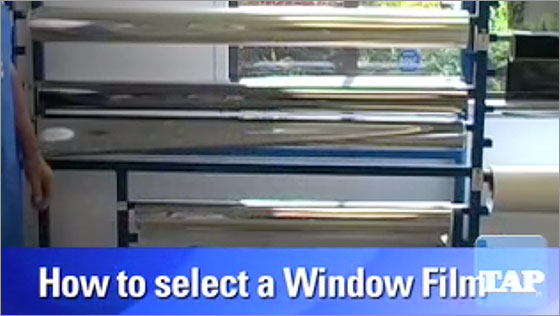
How to Select Window Film
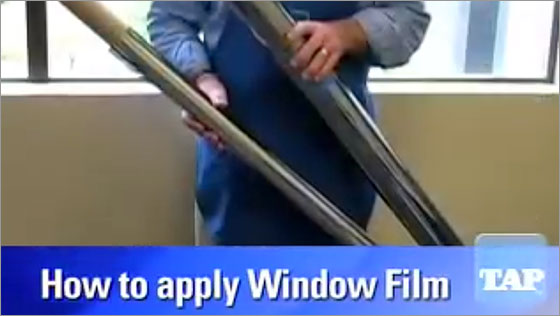
How To Install Window Film
Product Information
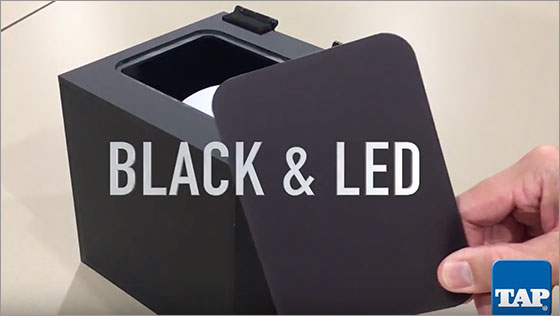
Black LED Acrylic In Action
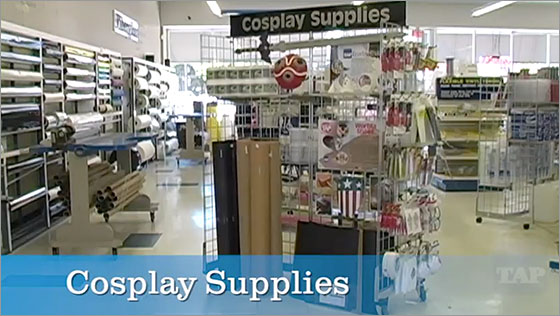
Cosplay DIY Supplies
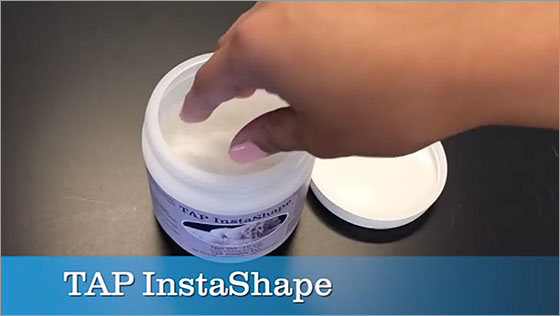
TAP InstaShape Video Demo
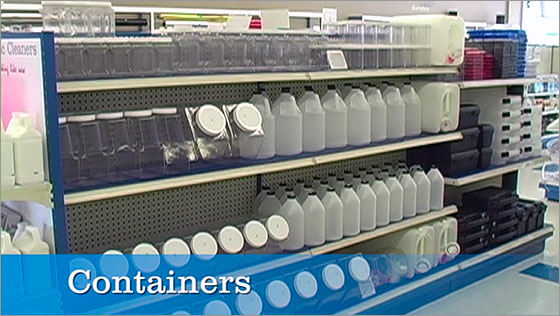
Plastic Containers at TAP Plastics
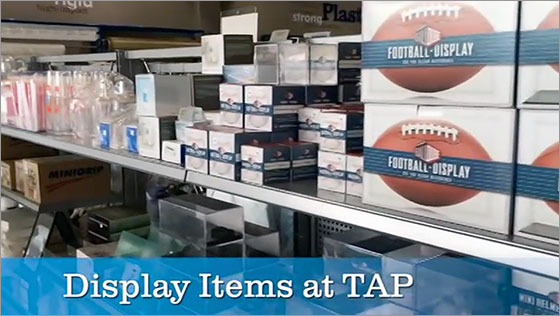
Display Items at TAP
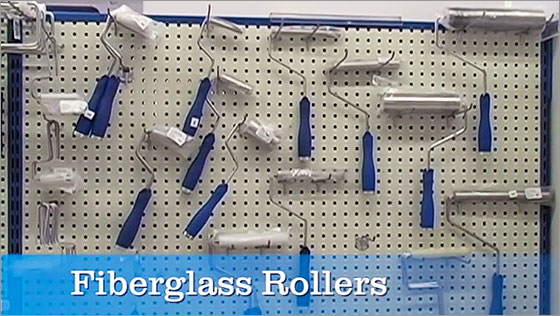
Fiberglass Roller
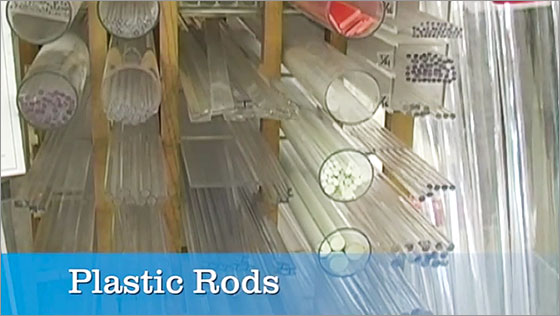
Guide to Rod Stock and Shapes at TAP Plastics
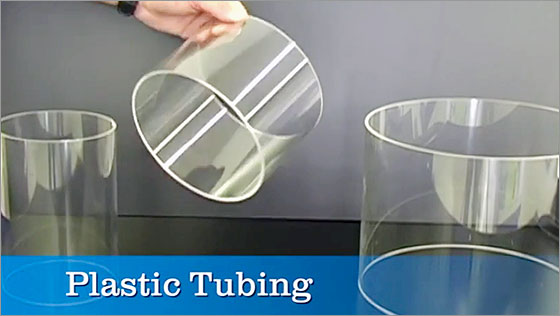
Tubing Options at TAP Plastics
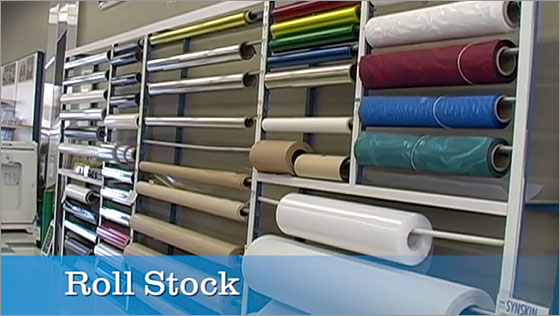
Plastic Materials on Rolls at TAP Plastics
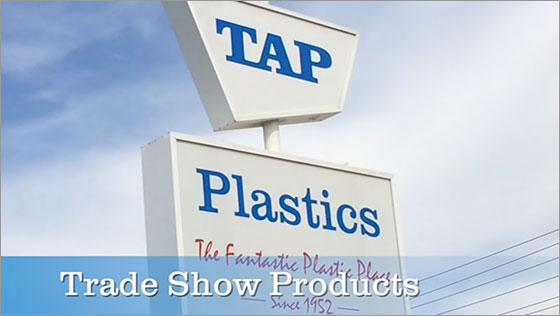
Trade Show Essentials at TAP Plastics
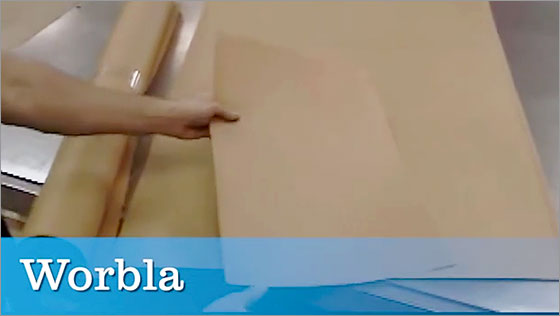
How to Work with Worbla
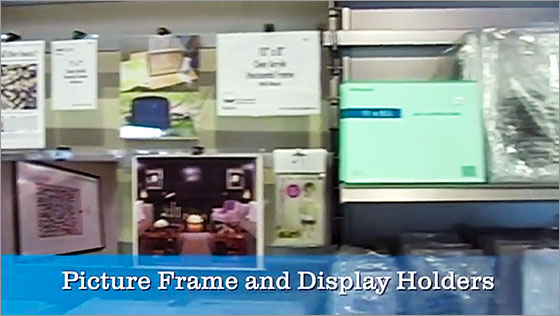
Picture Frames and Display Holders
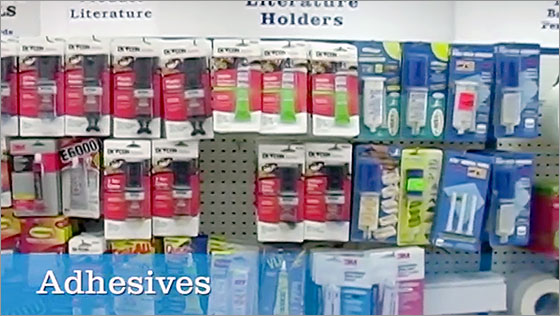
Adhesive Glues and Tapes
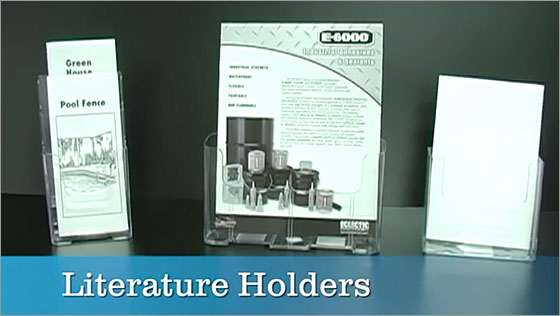
Literature Holders at TAP Plastics
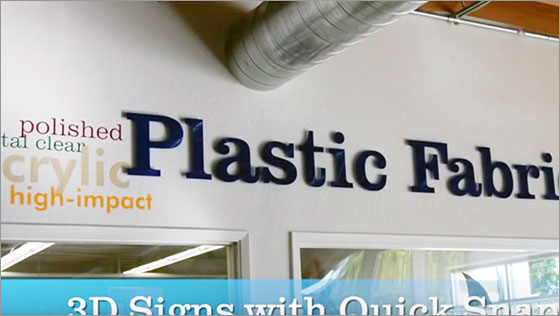
Three Dimensional Signage with the Quick Snap System
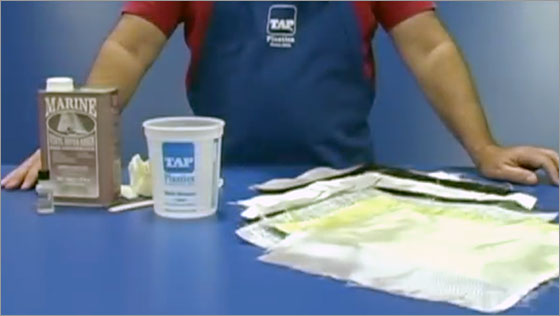
The Basics of Fiberglass Fabric

Picture Framing Options at TAP Plastics
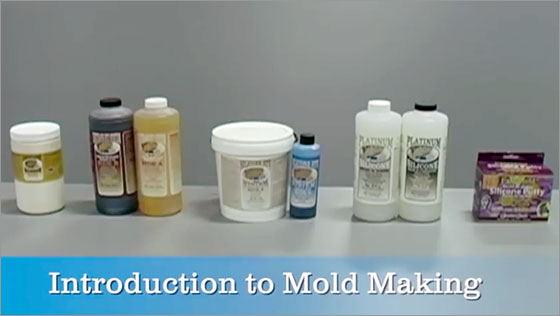
Introduction to Mold Making
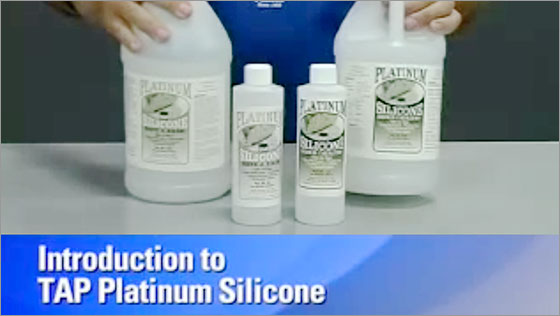
Introduction to TAP Platinum Silicone
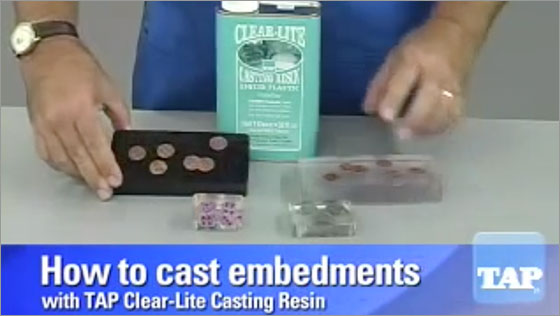
Cast Objects in Clear Resin






































































































